In Perfect Patrimony
The secret to Tudor’s success lies in how the brand has mastered the fine balance of paying tribute to the mythology of its past while still breaking new ground and paving its future. By Wei Koh
Pelagos timepiece in titanium case and black rubber strap, Tudor. Blue and white breton striped cotton sweater, A.P.C.; blue cotton-denim tailored trousers, Thom Sweeney; black, white and gold silk pocket square, Mariano Rubinacci; woven leather bracelets, Tod’s; coffee-brown leather tassel loafers, Pal Zileri. Deep-blue wool-fresco double-breasted blazer, Chester Barrie; blue and white check cotton floral boutonnière (both property of The Rake).
What is extraordinary about Tudor is that it’s one of the few luxury brands that completely transcends its price category: whenever any one of their now-iconic Heritage-themed watches is unveiled, people who collect tourbillon repeaters want one as much as the guy who is investing in his first serious timepiece. Furthermore, while some watch brands smack of a certain bourgeoisness, there is a buoyant optimism in the appeal of Tudor that just makes everyone look at it and smile. For many people, Tudor’s renewal has been absolutely thrilling; it has transformed itself from a ‘me-too’ yet inferior clone of its more famous sibling, Rolex, to the hottest watch brand on the planet. At the same time, Tudor has, to a large extent, democratised the Swiss luxury sports watch — especially with their latest offering, the Tudor Heritage Ranger. At a shade under CHF3,000, the Heritage Ranger is the type of watch, based purely on its appeal coupled with Tudor’s legendary reputation for quality, that makes a man, regardless of demographic and age, want to own it.
This democratisation is an important statement that heralds a new age of profound creativity for watches at more accessible prices, and which will become one of the most important themes of the future, with Tudor leading the way. As such, one could make an argument for the profound morality of Tudor. The second aspect of Tudor that is so exciting is that it has demonstrated better than any other brand the incredible empowerment of embracing one’s own history. Which is not to say that Tudor relies on repeating its past — it doesn’t. It creates watches that are completely contemporary, utilising codes, design touches and, most importantly, the mythology of its past, all of which, when woven together, become the blueprint to the Tudor brand identity. What CEO Philippe Peverelli and Creative Director Davide Cerrato have done with the watches collectively known as the Heritage collection, is the creation of an unbroken chain that reaches back into Tudor’s past to wonderfully and saliently articulate the brand’s future. As a success story in the watch industry, this work has been nothing less than revolutionary and makes Tudor’s latest creation, the Ranger, one of the most significant watches of the year. Before examining this watch in detail, however, it is worthwhile to look at the entire Heritage collection to understand the cultural phenomenon it represents.
Tudor was created in 1946 by Hans Wilsdorf, the same individual who founded Rolex and who had cagily combined Rolex cases with non-Rolex calibres to create watches that were approximately two-thirds of what a Rolex would cost. It is interesting to consider what Wilsdorf would think of Tudor in its modern incarnation. Because, while Tudor continues to feature the combination of Rolex-manufactured cases with good, reliable outsourced-yet-heavily-internally-modified movements, it has become something of a global luxury behemoth unto itself, based on the uniqueness of its designs and their profound value proposition.
Tudor Heritage Chrono
In 1970, Tudor launched a chronograph that would become one of the most iconic sports watches ever created: the ref. 7031. This chronograph featured a case similar to their Rolex counterparts, the ref. 6263 and ref. 6265, but with slightly thicker dimensions thanks to the sturdy manual-winding Valjoux cal. 7734 inside. The dial of the ref. 7031 was wildly iconoclastic, breaking with the traditional design of two circular subdials and stick markers. It’s fair to say that this exciting new dial was charged with the graphic energy of the late-’60s pop-art explosion, resulting in a watch that could be recognised from across the room.
The dial was black in its centre, with a grey ring at the outer perimeter bearing bold orange minute markers. The large tritium markers were five-sided and shaped not unlike the home plate in a baseball diamond, resulting in the sobriquet ‘Home Plate’ being bestowed upon these watches. In addition, both the subdials for the continuous seconds and the minute counter were housed inside trapezoidal grey surrounds that added to the watch’s unique appearance. The first model, the ref. 7031, was produced until 1972 and featured a Bakelite bezel with a tachymetric scale in a style similar to that of the Rolex ref. 6263, or a metal bezel also with a tachymetric scale not unlike that found in the Rolex ref. 6265. These chronographs were made until 1973, when a new chronograph without home-plate-shaped markers were introduced: the now-legendary ref. 7169, or the ‘Montecarlo’.
Heritage Chrono Blue timepiece in steel case and blue, white and orange fabric strap, and 1973 Oysterdate ‘Montecarlo’ ref. 7169/0 timepiece, in steel case and bracelet, both Tudor. Black metal-frame aviators, Ray-Ban; Classic Fedora Safari Edition panama hat with black grosgrain ribbon, Brent Black (all property of The Rake).
The energy at the 2010 BaselWorld fair was electric, with journalists and collectors alike buzzing around the Tudor booth as word about an absolutely stunning new chronograph with home-plate-shaped markers exploded through the internet. The year 2010 was a seminal one in the watch industry, as the world had undergone a major transition as a result of the change in watch buyers’ mentality following the global financial crisis of 2008. No longer did watch consumers want wildly extroverted, crazily modernist timepieces. What buyers sought above all else was a sense of perenniality — the understanding that the watch they invested in at the time would be as relevant today as it would be in 10, or even 50, years. Accordingly, many younger consumers turned to vintage watches — because, what better reassurance of everlasting relevance than a watch that was already decades old, but still looked as compelling as ever?
Understanding this, Cerrato and Peverelli embarked on using the codes of their past to construct a watch that would become an instant classic. That watch was the Heritage Chrono, and upon its launch, it became one of the greatest commercial successes the world had ever witnessed. Says Cerrato, “It would have been easy to make a clone of the early ‘Home Plate’ chronographs, but that was not what we wanted to do. We wanted to make a thoroughly modern watch using the codes of the past to give the watch an instant sense of timelessness.” Hence, the size of the case was a wholly contemporary 42mm in diameter. The watch came with both a steel bracelet as well as a beautifully made black, grey and orange NATO-style strap. The legendary Rolex case construction, combined with the reliable ETA cal. 2892 with a Dubois Dépraz chronograph module, allowed the Heritage Chrono to be very well priced at CHF4,200. Says Peverelli, “The Heritage Chrono was a great demonstration that the Swiss watch industry can be highly innovative and can create a thrilling, iconic sports chronograph at a price that most people can afford.”
The Heritage Chrono was a watch that all timepiece collectors, new or seasoned, loved and coveted. Says the Editor-in-Chief of Revolution USA, Jack Forster, “It was a watch that you could put on the wrist of even the most sophisticated collector — the guy who collects Patek repeaters or Richard Milles — and he would smile.” Says the Editor-in-Chief of Revolution Asia, Suzanne Wong, “It became the watch everyone had to have. It didn’t matter if you were a young guy buying your first watch or if you were the CEO of a huge company — you wanted that watch.” Says the Editor-in-Chief of Revolution Switzerland, Sophie Furley, “Moreover, because of how timeless it is, four years later, the watch still looks as fresh and relevant as ever.”
In 2013, channelling a sense of the spirit of the Riviera, Peverelli and Cerrato unveiled the Heritage Chrono Blue, inspired by the colourway of the Tudor ref. 7169, the ‘Montecarlo’ model. This new watch featured a light-grey dial with blue and orange accents, as well as a rotating bezel with a blue and grey GMT 12-hour scale; regular applied indices were used on the watch instead of ‘home plate’ markers.
Heritage Chrono timepiece in steel case and black, grey and orange fabric strap, and 1970 Oysterdate ref. 7032/0 timepiece in steel case and bracelet, both Tudor.
Tudor Advisor
Heritage Advisor timepiece in titanium and steel case and black alligator leather strap, and 1957 Advisor ref. 7926 timepiece in steel case and bracelet, both Tudor; tobacco calfskin-leather wallet, Tod’s.
Created by The Rake for Tudor
Read more...









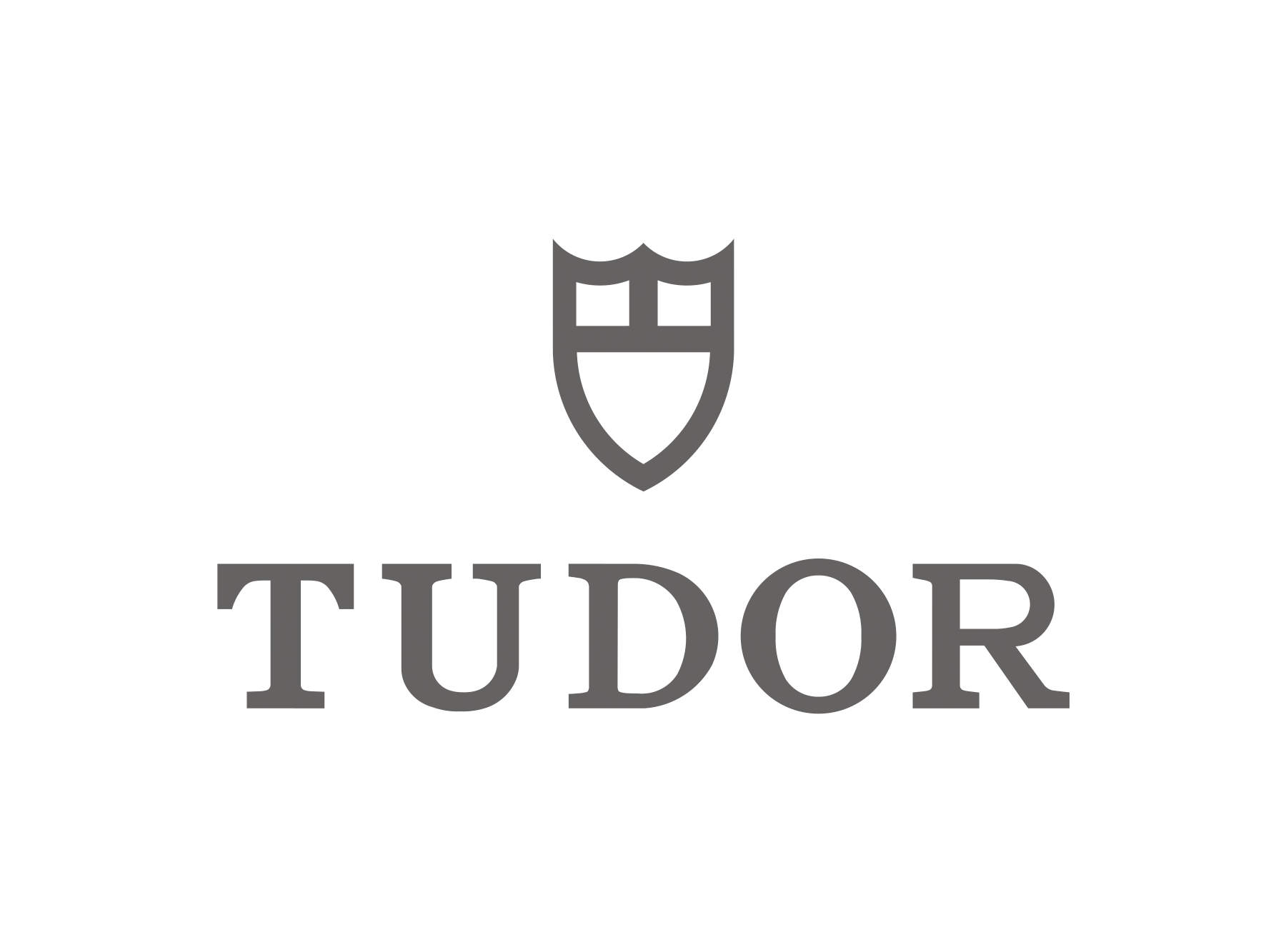


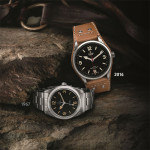


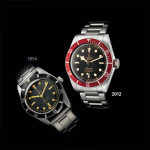


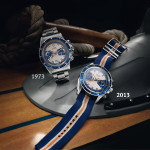
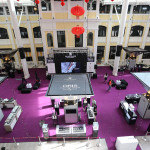

You must be logged in to post a comment.